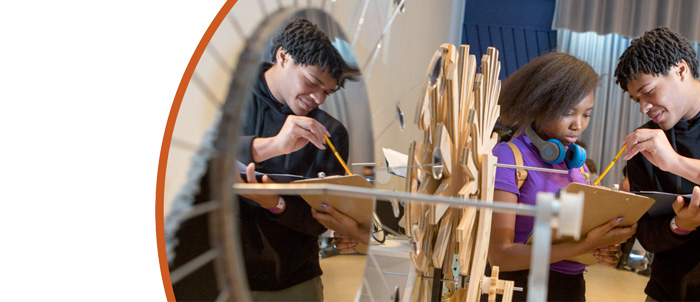Neurocognitive underpinnings of dyslexia and dyscalculia
Effective Years: 2016-2021
Difficulties in math and reading prevent many students from succeeding in STEM education which demands both math and reading skills. Dyslexia is the most common type of learning disability affecting reading proficiency but many students with dyslexia also exhibit dyscalculia, or math disability. To date, little research has sought to understand the extent of the neurobiological connections between dyslexia and dyscalculia.
This proposal will explore the cognitive underpinnings of dyscalculia observed in children with dyslexia. Dyslexia and dyscalculia have traditionally been studied as separate development difficulties but this project will seek to determine whether math difficulties that exist in children with dyslexia are similar or different from the math difficulties that exist in children with dyscalculia only. The investigators will recruit 150 children aged 10-12 and screen them for dyslexia, dyscalculia, and both dyslexia and dyscalculia. A battery of behavioral measures in both reading and math are planned along with neuroimaging (fMRI) data collection methods.
This project is supported by NSF's EHR Core Research (ECR) program. The ECR program emphasizes fundamental STEM education research that generates foundational knowledge in the field. Investments are made in critical areas that are essential, broad and enduring: STEM learning and STEM learning environments, broadening participation in STEM, and STEM workforce development. The program supports the accumulation of robust evidence to inform efforts to understand, build theory to explain, and suggest intervention and innovations to address persistent challenges in STEM interest, education, learning and participation.




